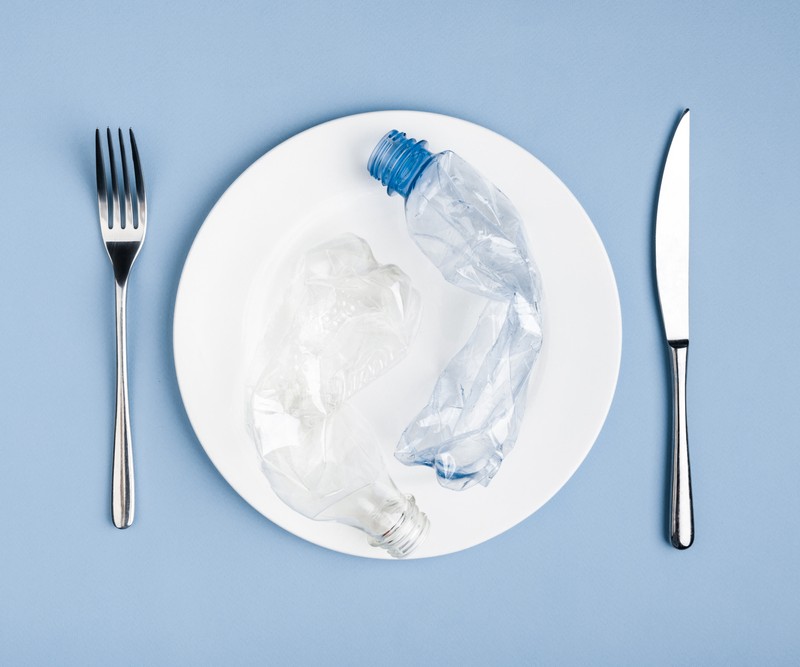What are Microplastics’ Effects on Humans?

What are Microplastics’ Effects on Humans?
Environmental scientists are only just beginning to understand the scale of microplastic pollution and the effects it could have on humans. Microplastics are everywhere: in our oceans and rivers, in animal habitats and even in our food and the air we breathe. However, the scale of the microplastics problem is only just being understood, and so, while it is very important for us to understand the effects plastic debris can have on humans, the wider implications of the problem may not be understood in the short term.
Still, there are a few ways that we can estimate what kind of harmful effect ingesting microplastics might have. Scientists have assessed the kinds of harmful bacteria that can live on plastic and have found evidence of the impact of ingesting plastic on animals. Through this and some preliminary studies, we can begin to answer the question: what are microplastics’ effects on humans?
What we know about microplastics in the body
Much of what we know about microplastics is drawn from only a few studies that have been carried out on both humans and animals. The Plastic Health Coalition is one organisation that is championing science in this area, and their evidence shows that we could be heading towards a human health crisis if we are unable to tackle the problem.
A lot of evidence of the effects of plastic on animals has been found in marine life, due to the huge amounts of plastic pollution that can be found in the ocean. Dead whales that are dissected are often found to have large amounts of plastic in their stomachs, and the Plastic Soup Foundation reports that a sperm whale that washed up on a beach in Indonesia had 6kg of plastic in its system, including more than 110 plastic cups. Turtles have also been killed by eating too much plastic, and half of all camels that die in the United Arab Emirates are killed by plastic they have eaten.
Microplastics have been found in the brains of fish, the kidneys and hearts of rats, and in the foetuses of mice, all of which suggests that, when humans consume these microscopic pieces, they might experience a similar effect – beyond causing problems in digestion, this plastic might travel throughout the body.
Using current analytical methods, it is impossible to detect the tiniest pieces of plastic, meaning that all studies about the impact of microplastics are likely to be underestimating the results. For example, scientists still do not have a full grasp on how much plastic might be in human bloodstreams or even the full extent of how much the average person ingests, on average, although low estimates suggest it is at least 50,000 pieces per year. It is also estimated that the average person will eat some 20kg of plastic over their lifetime, and the full health implications of this are also yet to be understood.
What are the possible health effects?
Some plastics do not break down in our digestive systems, which means that they could stay in our bodies for a long time. Scientists have hypothesised that an increase in the amount of plastic we eat could lead to problems like oxidative stress, chronic inflammation and even DNA damage. If the microplastics problem is not tackled, we could see these kinds of problems become more common over time.
Beyond these health impacts directly caused by the plastics themselves, there is also the problem that human pathogens have been found to bond more strongly to plastics than to natural surfaces. This means that these pathogens could be present on plastic surfaces in the environment that break down into microplastics, and could therefore expose humans to serious problems when they are ingested.
We will only learn more about how microplastics could affect human health by continuing to study the phenomenon. However, with our Microplastics Out of Our Drains (MOOD) campaign, we hope that we can encourage people and businesses to make more responsible choices and prevent microplastic pollution from growing, so that the effects on human health will be understood, controlled and minimised.
To learn more, visit our MOOD campaign hub.







